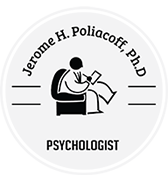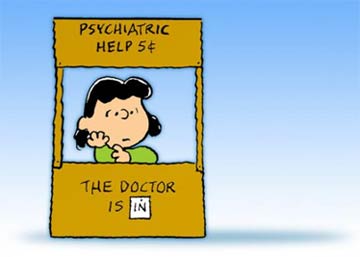The world of psychotherapy is bewildering. There are at least 600 ‘brands' of psychotherapy, and this figure is almost certainly growing on a virtually monthly basis.
The substantial majority of these interventions have never been subjected to controlled clinical trials. Many of these largely or entirely untested treatments may very well be effective, but some may be largely or entirely ineffective, and a few may even be directly harmful.
The lack of research evidence notwithstanding, scores of untested interventions are extensively and enthusiastically promoted, often with great fanfare and accompanied by expansive claims of efficacy and effectiveness.
Rendering the evaluation of the psychotherapy outcome literature more complicated, findings point to marked variability in efficacy among psychotherapists themselves. At the risk of painting with an overly broad brush, the most successful psychotherapists average 50% better outcomes and 50% fewer dropouts than do psychotherapists in general
Be informed – be wary of
(1) Substantial exaggeration of claims of treatment effectiveness
(2) Conveying of powerful and unfounded expectancy effects
(3) Excessive appeal to authorities or “gurus”
(4) Heavy reliance on endorsements from presumed experts
(5) Use of a slick sales pitch and the use of extensive promotional efforts, including sale of paraphernalia
(6) Establishment of accreditation and credentialing procedures
(7) Tendency of treatment followers to insulate themselves from criticism
(8) Extensive use of “psychobabble”
(9) Extensive use of “neurobabble”
(10) Tendency of advocates to be defensive and dismissive of critics; selective reporting of contradictory findings, such as the results of dismantling studies
(11) Extensive reliance on anecdotal evidence
(12) Claims that treatment “fits all”
(13) Claims that treatment is “evidence-based” on the basis of informal clinical observations
(14) Inadequate empirical support: Limited reports or omission of treatment outcome information, such as patient selection criteria, drop-out rates, and follow-up data
(15) No proposed scientific basis for change mechanisms; proposed theoretical treatment mechanism lacks “connectivity” with extant science
(16) Repeated use of implausible ad hoc maneuvers to explain away negative findings
(17) Comparison of treatment with weak and “intent to fail” treatment groups, or with only partial (incomplete) treatment conditions
(18) Failure to consider or acknowledge potential allegiance and decline effects
(19) Failure to consider differential credibility checks across treatment groups; failure to consider the role of non-specific factors, such as the therapeutic alliance
The article is available online at:


